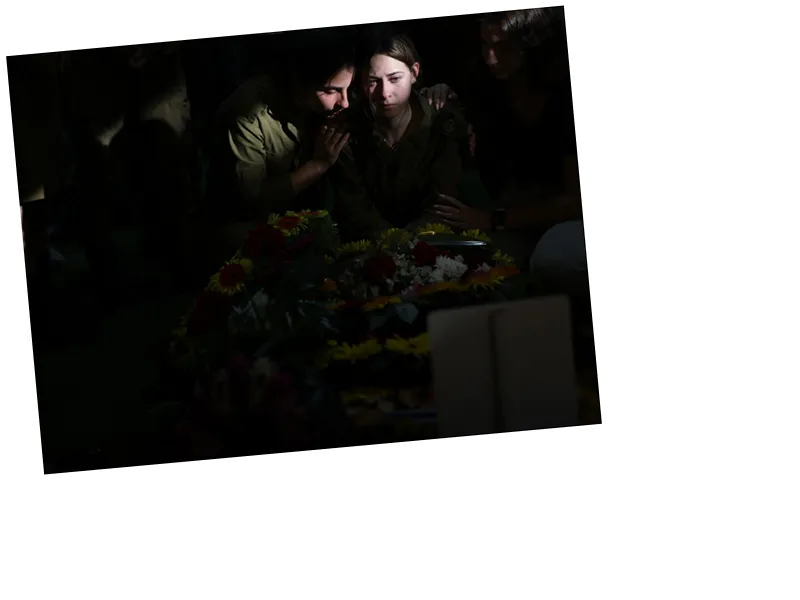Behind the Aitaroun Ambush: A Detailed Account of the Battle
The recent battle in the village of Aitaroun, southern Lebanon, has been described as the longest and bloodiest confrontation involving the Israeli army in the region. According to reports from Yedioth Ahronoth, the conflict lasted approximately 14 hours, resulting in the deaths of six Israeli soldiers and injuries to 14 others. The ambush occurred when two Hezbollah fighters targeted an Israeli army unit that had infiltrated a destroyed building, leading to intense exchanges of gunfire and chaos on the battlefield.
The dramatic rescue of one of the wounded soldiers, Itai Fuchs, 24, was particularly notable. He was evacuated while waving his fist, a symbol of resilience amidst the harrowing circumstances. The battle's complexity was heightened by the loss of communication and command among Israeli forces, leading to confusion and panic as they attempted to regroup and rescue their comrades.
Tactical Overview and Military Strategy
The Israeli military operation in Aitaroun was part of a broader strategy to dismantle Hezbollah's armed infrastructure. Major General (res.) Yuval Dagan noted that the operation was initiated following the destruction of several Hezbollah assets in the nearby village of Blida. The Israeli forces aimed to infiltrate Aitaroun to target what was believed to be a central Hezbollah headquarters. However, the reality on the ground proved to be more challenging than anticipated, with militants prepared to engage from concealed positions within the rubble of destroyed buildings.
Initial military investigations revealed that the first Israeli unit to enter the building was met with immediate and lethal resistance from the Hezbollah fighters. The ensuing chaos resulted in multiple casualties, as soldiers attempted to navigate the perilous environment while under fire. The situation was exacerbated by the use of grenades by the militants, which ignited fires and obscured visibility, complicating rescue efforts.
Lessons Learned and Future Implications
The Aitaroun battle underscores the complexities of urban warfare, particularly in regions with entrenched militant presence. The Israeli military's reliance on airstrikes to clear paths for ground troops may not always yield the intended results, as evidenced by the ambush. The incident has prompted discussions within the Israeli defense community regarding operational tactics and the need for improved communication and coordination among units in high-stress environments.
As tensions continue to rise in the region, the implications of this battle may influence future military strategies and engagements. The resilience displayed by the Israeli soldiers, despite the overwhelming odds, highlights the human element in warfare, where bravery and chaos often intertwine.





